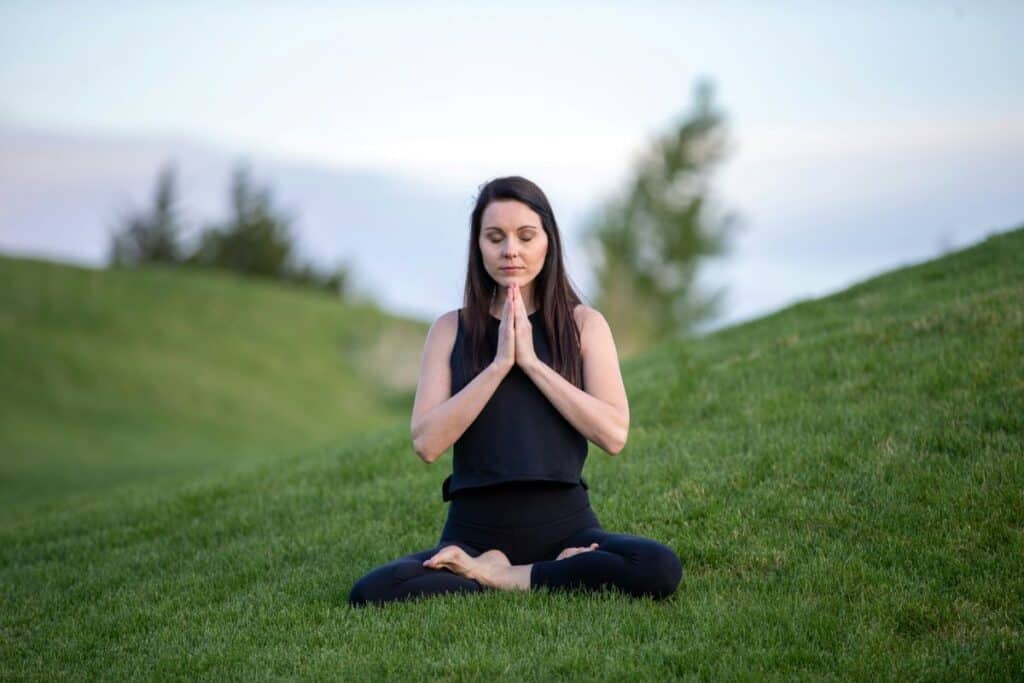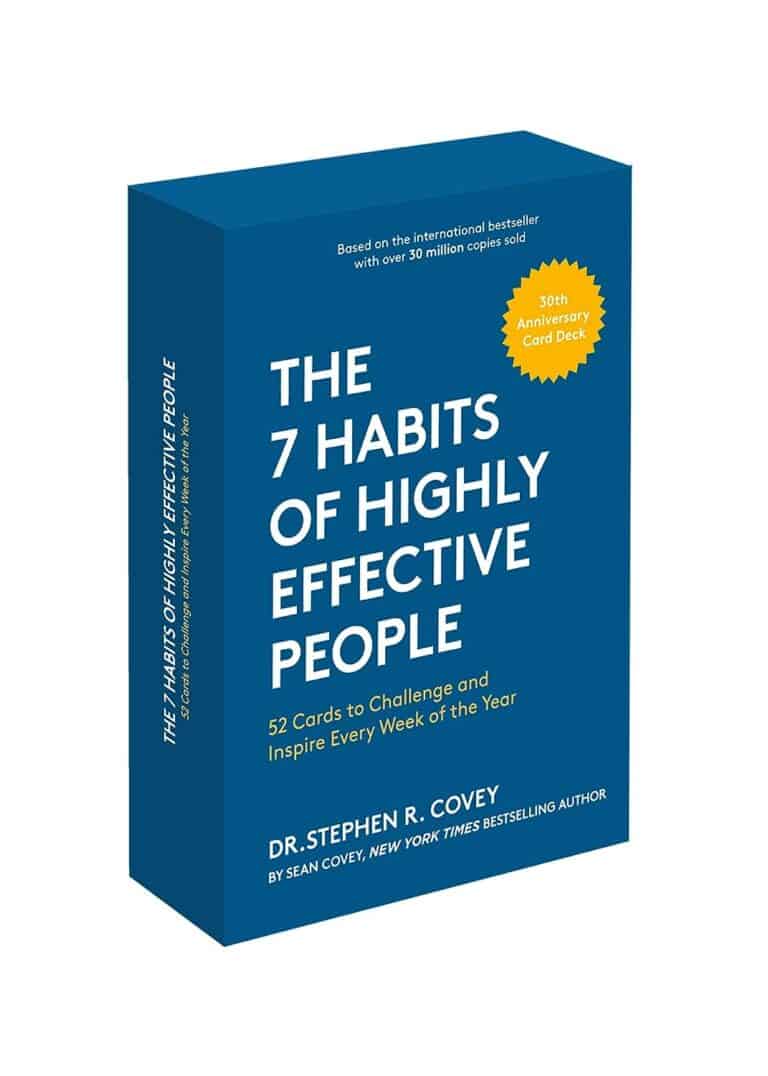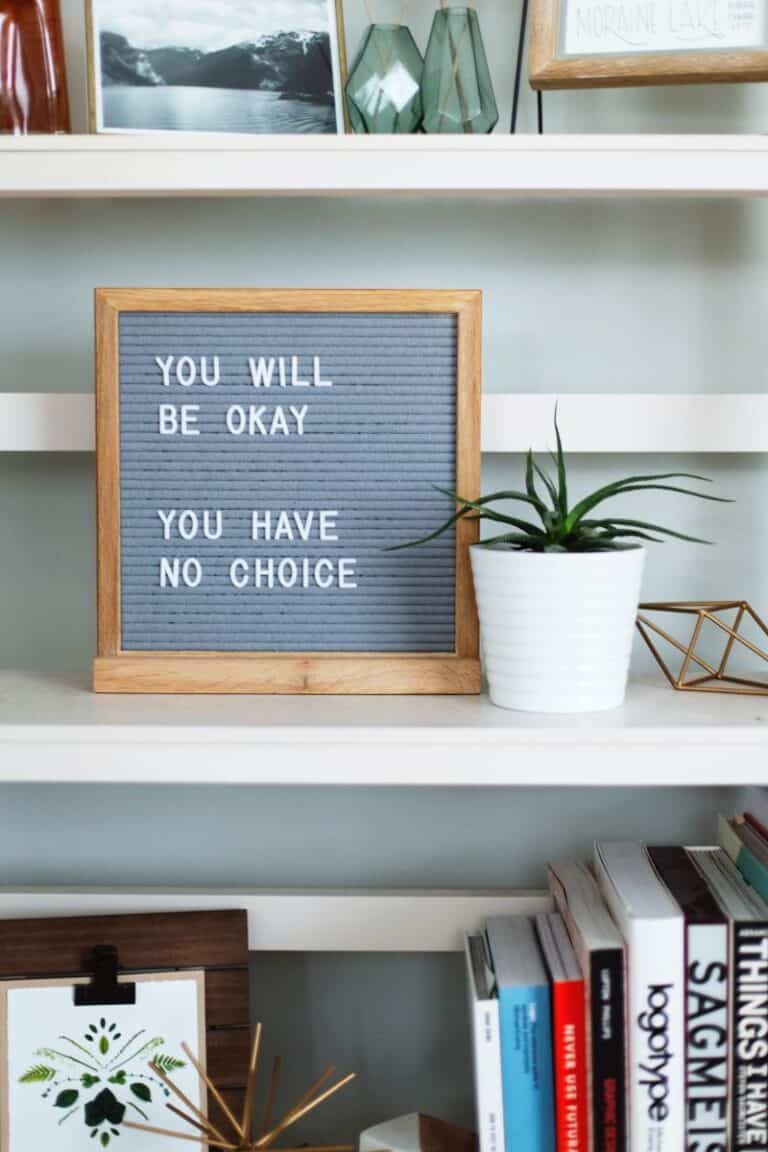
Embracing Meditation for Stress Relief
I discovered meditation’s power during a particularly stormy period in my life. It became a beacon of tranquility amidst chaos. The art of meditation, a practice rooted in ancient traditions, has demonstrated profound efficacy in reducing stress and alleviating anxiety. By embedding this practice into daily routines, many have found a path to emotional balance and relaxation that had once seemed elusive. The transformation didn’t happen overnight, but the dedication to this practice paid off, enhancing my ability to cope with life’s ups and downs. It’s more than just a moment of peace; it’s a journey towards sustained well-being.
Choosing Your Meditation Style
Exploring the plethora of meditation practices opened my eyes. I discovered that mindfulness meditation and guided meditation served as perfect entry points. These methods had a profound effect on reducing my stress and anxiety. Mindfulness anchored me in the present moment, teaching me to embrace each breath. Conversely, guided meditation’s imaginary journeys offered me a sanctuary from the hustle of daily life.
I realized the importance of variety in meditation practice. Whether through a body scan, mindful breathing, or even Tai Chi, the diversity is staggering. Each method offers unique benefits, from muscle relaxation to improved mental health. I encourage you to venture into these practices. Find the one that resonates with you. Remember, meditation is not a one-size-fits-all solution. Your path to stress reduction and mental well-being lies in discovering the practice that aligns with your needs and preferences.
The Core of Meditation: Focusing Your Attention
Focusing attention proves crucial in meditation. I discovered this as I learned to navigate the tumultuous sea of anxiety and stress. The act of zeroing in on my breathing or a specific mantra carved a path to tranquility. It offered me solace from the relentless pace of life. Delving into mindfulness practices has taught me the power of the present moment. Every deep breath taken or mantra repeated became a stepping stone away from stress. By centering my mind on these singular points, the flood of anxious thoughts slowed to a trickle.
This technique did not just reduce my stress; it transformed my approach to life’s challenges. The realization dawned on me that by simply directing my focus inward, I wielded the power to calm the storm of my mind. Embracing this practice, I found not just peace, but a newfound sense of control over my well-being.
Taking Meditation into the Daily Grind
Integrating meditation into daily routines has transformed my life. I found that it reduced my anxiety levels significantly. Walking to the subway, I began practicing mindful breathing. With each step, I focused on the breath, inhaling deeply and exhaling slowly. This simple technique helped me stay present.
During breaks at work, body scan meditation proved beneficial. I would allocate a few minutes to sit back, breathe deeply, and scan through my body. This practice allowed me to release tension in muscles I hadn’t even realized were clenched. Mindfulness practices like these turned mundane moments into opportunities for stress reduction.
Even in moments of waiting, like at the doctor’s office, I engaged in mindfulness. Focusing my attention on the breath or the sensations in my body, I found these practices were not just methods of relaxation; they were vital tools for maintaining my mental health amidst daily pressures.
Meditation Basics for Beginners
Embarking on a meditation journey can initially seem daunting. Yet, I have found a few simple strategies that significantly eased my path into this practice. First and foremost, mindful breathing stood out as an immediate gateway. By focusing my attention on the natural rhythm of my breath, a sense of calm swiftly enveloped me. The act of drawing in deep breaths and exhaling slowly not only reduced stress but also anchored me in the present moment.
Another method that proved invaluable was the body scan meditation. This technique involves mentally surveying one’s body for areas of tension and consciously relaxing them, which naturally fosters a state of relaxation and mindfulness. Additionally, identifying a quiet space for practice immensely enhanced my ability to focus and maintain mindfulness, irrespective of the time or attention directed towards this endeavor.

Guided Meditation: Your Imaginary Sanctuary
I have discovered that guided meditation serves as a bridge to tranquility. It transports me to my imaginary sanctuary, where stress dissolves, and serenity reigns. In this practice, a soothing voice guides me through vibrant landscapes of my own creation. Each step taken in this mental journey peels away layers of tension, allowing me to connect with a profound sense of peace.
During these sessions, my focus shifts from the chaos of everyday life to a state of deep relaxation. This technique employs vivid imagery, compelling my mind to explore places that radiate calmness. The power of visualization in guided meditation cannot be overstated; it has consistently guided me toward inner tranquility. This method proves invaluable, especially when my thoughts become overwhelming and my stress levels spike. By directing my attention to calming images, I’ve learned to navigate my way back to mental clarity and emotional stability.
Mindfulness: Embracing the Present Moment
I discovered mindfulness meditation years ago as an escape from the whirlwind of stress and anxiety life often presents. This practice drew me into the present moment, teaching me the power of now. With mindfulness, I learned to pay attention to my breath, to the gentle inhale and exhale that anchors me in the present. This wasn’t just about stress reduction; it was a pathway to embracing each moment with awareness and without judgment.
Thoughts and feelings always swirl around us, tempting us to react. Yet, through mindfulness, I found a way to observe them like clouds passing in the sky, acknowledging their presence but letting them go without attaching feelings of right or wrong. This technique not only reduced my anxiety but also instilled a serene calmness, transforming how I perceive challenges. Practicing mindfulness has taught me that each moment holds the potential for peace and balance, guiding me toward a less stressful existence.
Physical Health Benefits of Meditation
I have witnessed firsthand the transformative power of meditation on physical health. Initially, I doubted the potential of sitting quietly, focusing on my breath. Gradually, I understood how practices like deep breathing and mindful meditation directly influenced my body. Key metrics such as blood pressure and heart rate lowered significantly. These changes weren’t just numbers on a screen; they translated into a tangible sense of calm and reduced stress in my life.
Meditation didn’t just offer momentary relief. Over time, these practices became a cornerstone of my holistic wellness regimen. Techniques like body scan meditation and mindfulness made me more aware of my physical state, ensuring I could address tension or discomfort before they escalated. The beauty of incorporating guided meditations and mindfulness practices into my routine was evident in not only how relaxed I felt but also in the marked improvement of my mental health.
Every deep breath became a step toward equilibrium. Every moment spent in mindful awareness helped me to anchor myself in the present. Through consistent meditation practice, I unlocked a level of health and harmony I had never thought possible. It’s a journey that continues to teach me the importance of harmonizing body and mind for overall well-being.

Harmonising Body and Mind
Throughout my journey into the realms of meditation, I discovered it was not solely an exercise for mental clarity. It became a pathway to harmonise my body and mind, illustrating the profound impact of mindfulness practices on overall health. Studies have shown that consistent meditation practice can lead to significant reductions in stress and anxiety, effectively using techniques like deep breathing and mindfulness meditation to soothe the mind.
I learned that engaging in mindfulness practices and body scan meditation encouraged a heightened awareness of the present moment. This focus not only reduced my stress levels but also improved my heart rate and blood pressure, pointing to the undeniable connection between a relaxed mind and physical well-being. By exploring various meditation practices, from mindfulness to guided meditations, I found personal solace and a unique way to engage with my surroundings, reducing the clutter of thoughts that once overwhelmed me.
Building a meditation practice required patience and an open mind. Whether it was through mindful breathing or participating in Tai Chi, the essence was to bring attention to the breath, body, and mind. I encourage you to explore meditation as more than a relaxation technique but as a foundational component of health. Randomised controlled trials and clinics around the globe support meditation’s role in stress reduction, emphasizing its capacity to bring about muscle relaxation and a peaceful state of mind. I urge you to integrate meditation into your daily routine. Let it bridge the gap between your physical health and mental well-being, fostering an environment where both can thrive in harmony.






